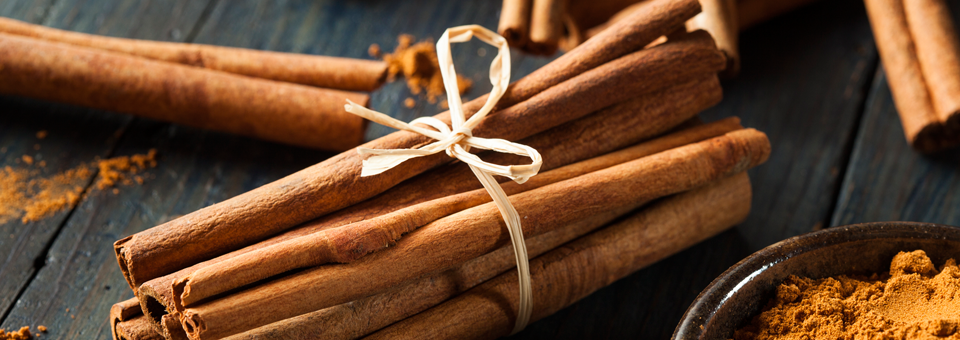My wife and I recently flew back to Florida from Uganda, Africa. I never worry about these long trips because I can pretty much fall asleep anywhere, anytime.
But Barbara was dreading the almost 24-hour flight because she’s always had a hard time sleeping on a plane. But on this trip, I asked her to take a new sleep formula my friends at the Green Gardener recently developed.
It combines two different compounds from the cannabis plant along with the sleep hormone, melatonin.
But it also includes an amino acid that revs up your body’s natural production of the feel-good hormone serotonin. More on this in a moment.
Barbara took one of the tiny wafers – and was asleep in about a half hour.
I can’t wait to introduce my patients to this new formula. They tell me that with each passing year, they have a harder and harder time falling – and staying – asleep.
But it’s not just my older patients anymore. Today, almost 75% of American adults suffer from insomnia. And the majority of those report that stress and anxiety are the main reasons they can’t fall asleep.
Knocking yourself out with a sleeping pill isn’t the answer. Not only do they not work, but they don’t get to the root of the problem.
I offer my patients (and my wife!) a natural sleep aid that tackles both anxiety and insomnia.
I’m talking about a wild plant I discovered on an earlier trip to Africa called Griffonia simplicifolia. It’s a woody, climbing shrub the local herbalists call “kajya.”
The seeds from this plant are the world’s most powerful producers of 5-HTP, the amino acid I mentioned earlier that converts to serotonin
in your brain.Serotonin is a natural chemical precursor to melatonin, the main hormone involved in sleep.
Normally when darkness falls, your biological clock suppresses serotonin, which then stimulates melatonin. Once melatonin gets into your bloodstream, your metabolism slows. Your heart rate and brain activity decrease then your blood pressure and body temperature start to drop.
This is when you enter a state of semi-consciousness and start to fall asleep.
Studies prove the effectiveness of using 5-HTP to turn on melatonin to induce sleep.
One randomized, placebo-based human study followed a group of volunteers who were given either 5-HTP (along with gamma-aminobutyric acid – or GABA) or a placebo. The 5-HTP patients:
- Fell asleep a whopping 50% faster
- Increased the amount of time spent asleep by 37%1
GABA is a chemical messenger that promotes relaxation. Combining it with 5-HTP provides a synergistic effect.
This human study backs up earlier animal research. In fact, several studies found that 5-HTP improves sleep quality and that the effect is significantly increased when combined with GABA.2,3
I usually start my patients on a 20 mg dose of 5-HTP. Then they gradually increase the dose to between 50 and 100 mg, depending on how it’s working. Take it about 30 minutes before bedtime and combine it with 300 mg of GABA.
3 More Ways You Can Increase Your Serotonin-Melatonin Levels
There are additional ways you can increase serotonin and therefore melatonin levels. Here are a few other things you can do:
- Exert yourself. Exercise gets your heart pumping and increases circulation to your brain. It’s proven to not only boost serotonin, but endorphins, too. You’ll get the best results with a workout like my PACE program. One of the great things about PACE is that it works for people of all fitness levels. And all it takes is 12 minutes a day.
- Increase your vitamin D3. Research shows that vitamin D3 can boost serotonin by anywhere from double to 30 times.4 The three easiest ways to get enough D3 are:
• Spend 10 to 15 minutes every day outside in the midday sun with lots of skin exposed.
• Eat foods rich in D3 like wild salmon, sardines, tuna, egg yolks, and dried mushrooms.
• Choose a vitamin D3 supplement called cholecalciferol, which is identical to the vitamin D3 that your body produces. Be sure to avoid the synthetic, less potent and less absorbable vitamin D2 form you find in many multivitamins. Get between 5,000 and 10,000 IUs a day. - Take L-tryptophan. This amino acid found in sleep-inducing foods such as milk and turkey converts to serotonin in your brain. I use a starting dose of 250 mg a half an hour before bedtime. If that doesn’t produce good quality sleep, increase the dose to 500 mg. You can enhance its effect by taking it with a glass of warm milk.
To Your Good Health,
![]()
Al Sears, MD, CNS
P.S. The Perfect Sleep Solution Online Event is only one day away, but you’ll need to pre-register to attend this free event and see the latest sleep formula breakthrough. Click here to register.
References:
1. Shell W, et al. “A randomized, placebo-controlled trial of an amino acid preparation on timing and quality of sleep.” Am J Ther. Mar-Apr 2010;17(2):133-9.
2. Hong K, et al. “Sleep-promoting effects of a GABA/5-HTP mixture: Behavioral changes and neuromodulation in an invertebrate model.”Life Sci. 2016 Apr 1;150:42-9.
3. Hong K, Park Y, Suh H. “Sleep-promoting effects of the GABA/5-HTP mixture in vertebrate models.”Behav Brain Res. 2016 Sep 1;310:36-41.
4. Patrick P, Ames B. “Vitamin D hormone regulates serotonin synthesis. Part 1: relevance for autism.” The FASEB Journal, 2014; DOI: 10.1096/fj.13-246546.
*These statements have not been evaluated by the Food and Drug Administration. This product is not intended to diagnose, treat, cure, or prevent any disease.

